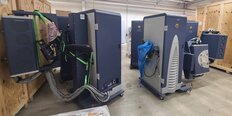Used REID ASHMAN OMASL #293648513 for sale
URL successfully copied!
Tap to zoom
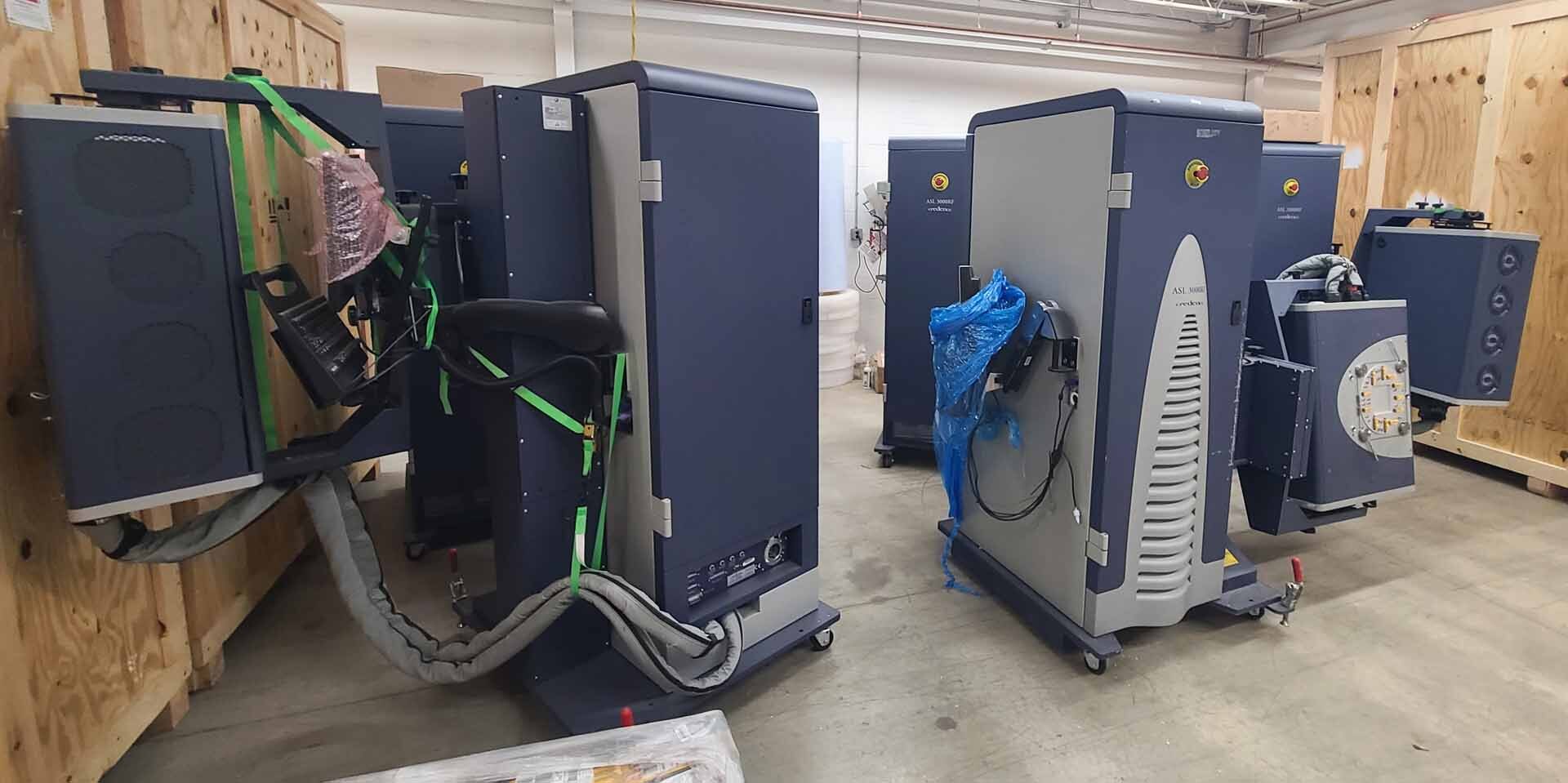

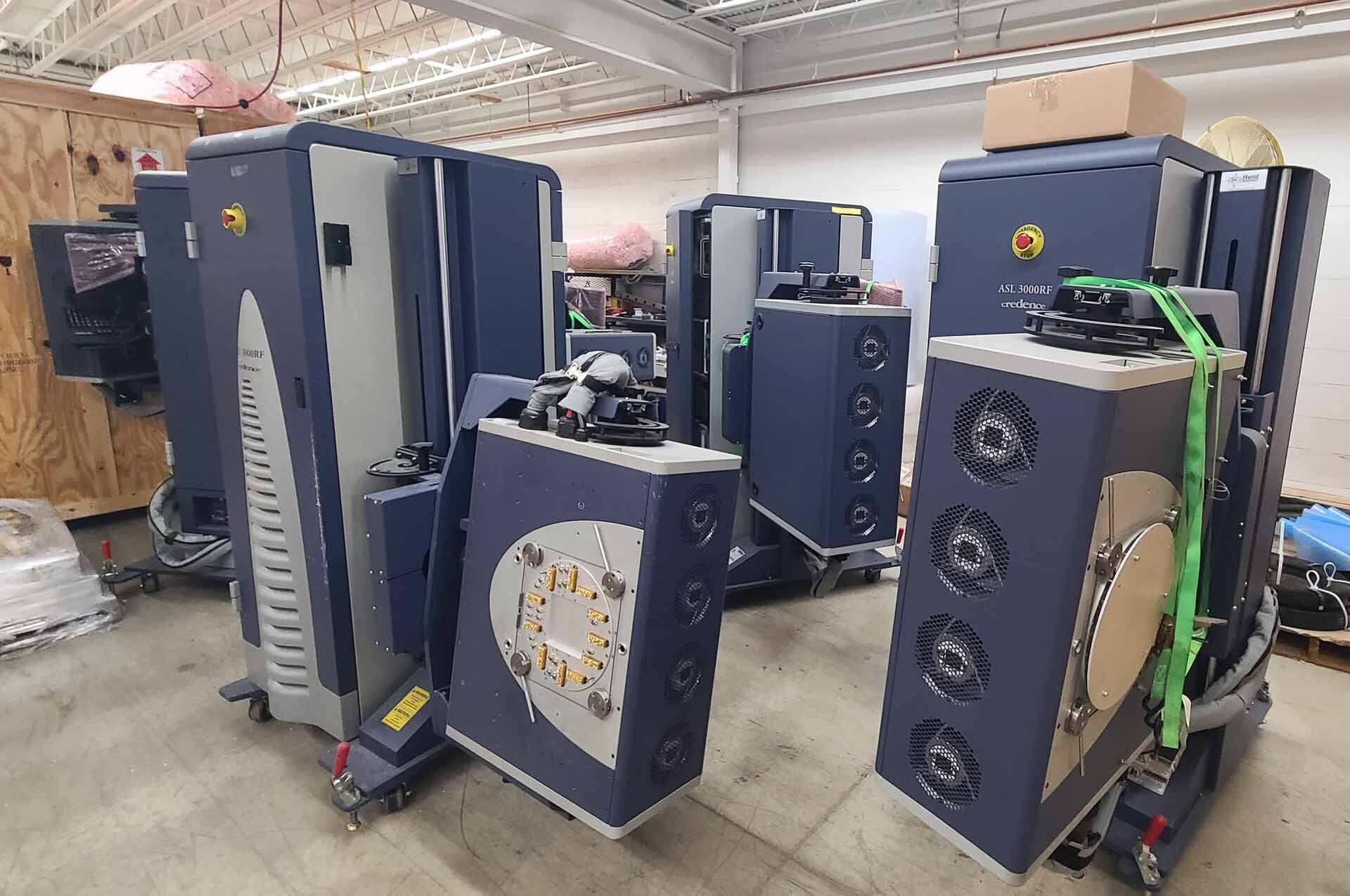

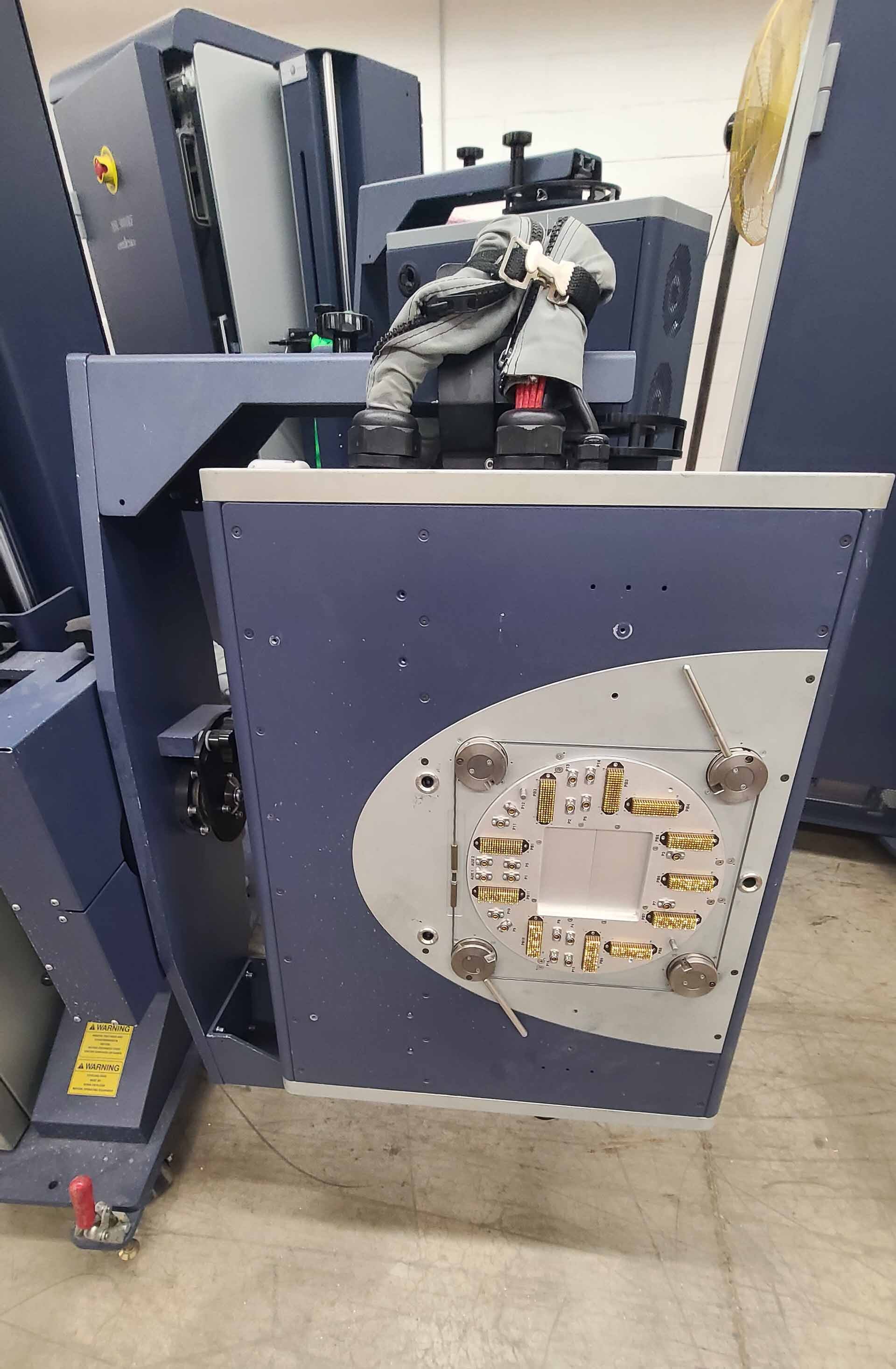

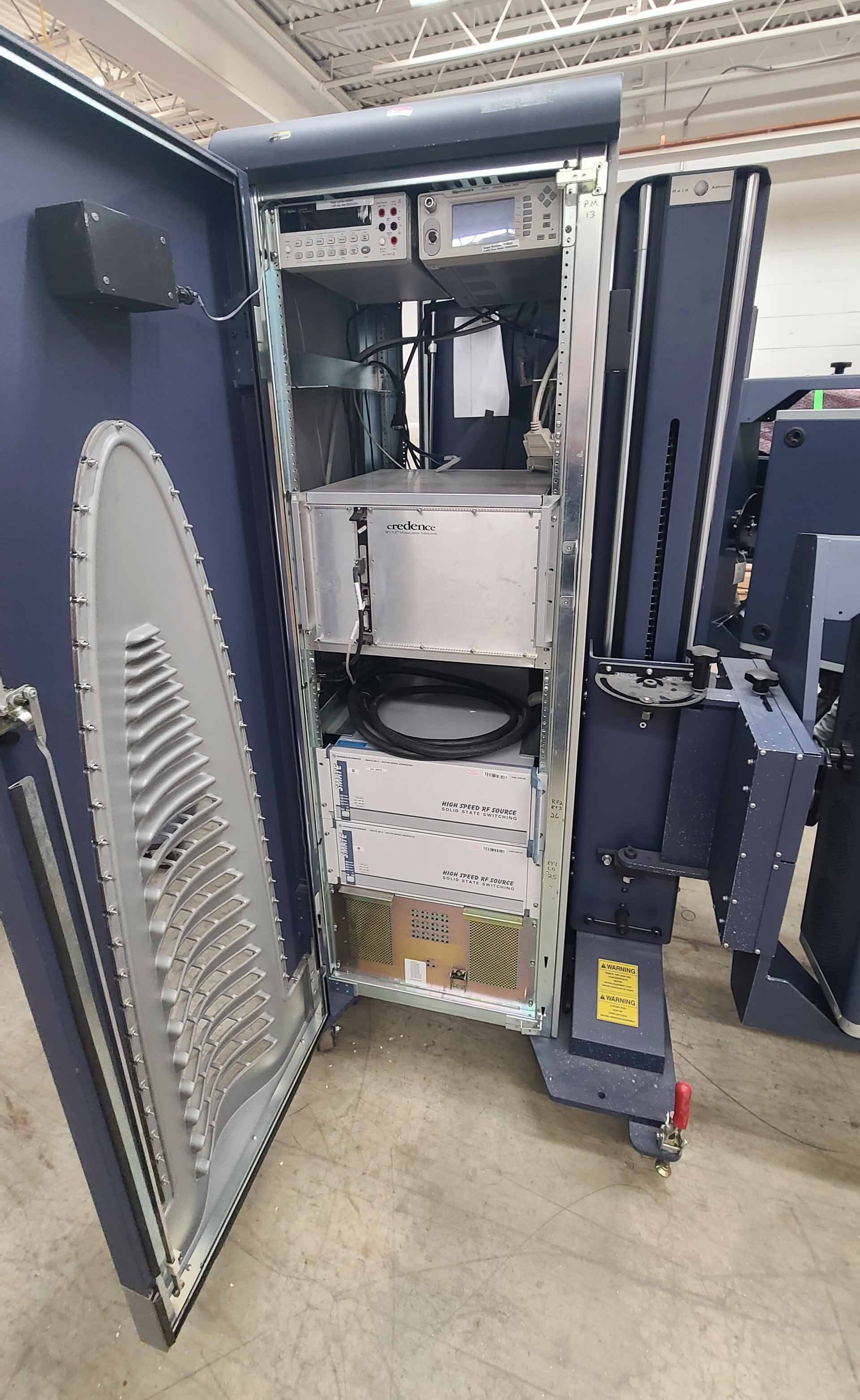

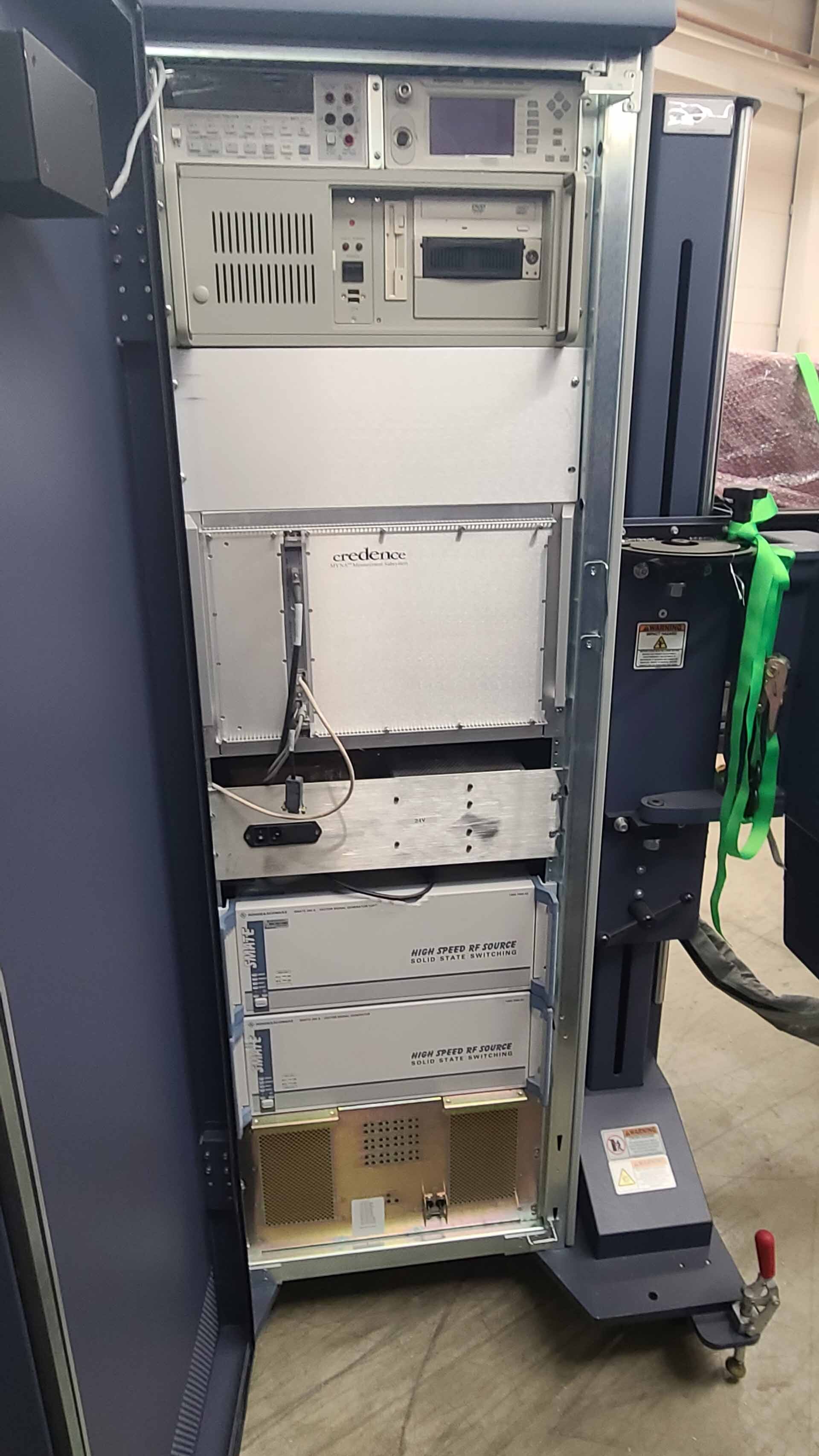

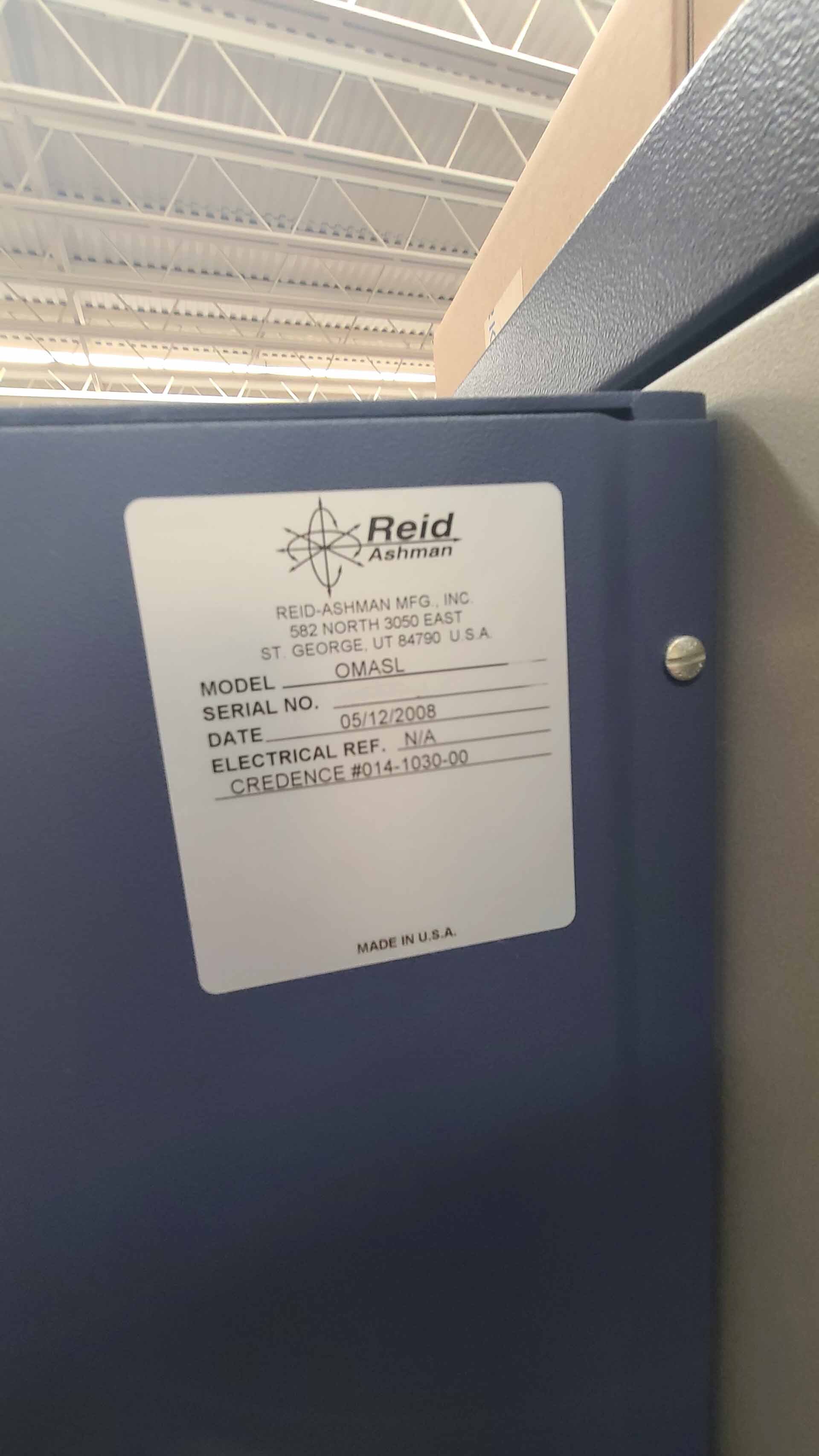

REID ASHMAN OMASL (Real-time Iterative Engineer Design Analysis Equipment for Machine Simulated Life) is a comprehensive evaluation system designed for functional testing of complex robotic systems. It is a comprehensive unit for evaluating a variety of robotic platforms, from embedded micro-controllers to advanced autonomy platform technologies. The basic idea of REID ASHMAN OM-ASL is to simulate a robotic machine in a virtual environment and evaluate its performance in the given tasks. The results of the simulations are reported in real-time. This helps the users to quickly identify potential areas of improvement and build a better tool accordingly. The simulations are based on a physics-based simulation Open Dynamics Engine (ODE) which is used to model the algorithms and behaviours of the asset. The user can define various test scenarios with various parameters and constraints to test the performance of the model. The simulations are run in a distributed equipment across multiple machines and the results are reported in real-time. OMASL provides the user with an easy to use graphical user interface that allows for greater control over the simulations and easier navigation. The system offers a variety of metrics for analyzing the performance of the unit, such as power consumption, memory usage, communication latency, and request success rate. OM-ASL also offers advanced features for users that are more familiar with robotics and can leverage the machine to develop more advanced robotic applications. Advanced features provided include task elaboration and program synthesis, an AI-based body and brain simulator. With these features, the user can better tailor their simulations to specific purposes and create robotic systems that are not only robust and efficient but also highly creative and capable of performing complex and dynamic tasks. The use of REID ASHMAN OMASL can help the users gain a better understanding of the underlying robotic technologies, core user scenarios and the implications for their designs. This can be helpful in understanding the limitations of the tool and how it can be improved with more detailed design considerations. Finally, it can help detect potential technical issues in the asset before actual deployment and thus help the users avoid costly mistakes.
There are no reviews yet
